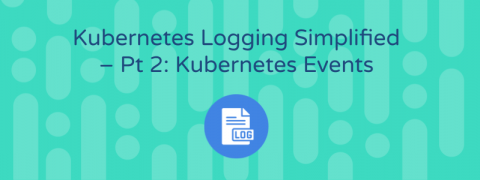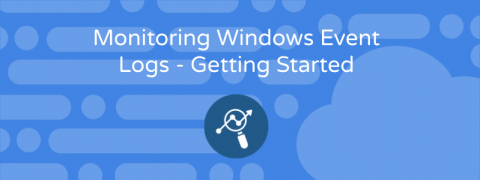Operations | Monitoring | ITSM | DevOps | Cloud
ObservIQ
Finding Unexpected Development Solutions Through Log Management
This is a personal story from before I worked at observIQ. I am not a technical person in any professional sense. I have no direct training and my coding experience is limited to front-end web design and some indie game development. Before observIQ, all I knew about log management was that it has something to do with tracking computer performance and behavior, and I associated it mostly with DevOps and the cloud. I never imagined it would play any valuable role in my professional endeavors.
Introducing Live Tail
At observIQ, we pride ourselves on delivering simple and powerful functionalities, quickly. We’re excited to announce the addition of Live Tail to the observIQ featureset. Live Tail emulates the terminal experience, giving you the ability to analyze, visualize and debug live – all in a single place. Never be worried about what the outcome of your deployment will be because Live Tail lets you troubleshoot, react and reassess issues in your deployment in real-time.
The Importance of Log Management for Your Home Network
The team at observIQ is just like every one of you reading this, we are avid programmers, gamers, traders, thinkers, and innovators who build an elaborate home network for fun, work, and for the simple reason that we enjoy technology. We are constantly growing the size and footprint of our home networks and labs as well – adding custom apps, devices, and servers, making it challenging to gauge our technical footprint.
You Can Now Use observIQ Completely Free
Today, we’re excited to announce a new completely free pricing tier for observIQ: the 3-day free plan. With the observIQ free plan, you can ingest and index up to 3 gigabytes of logs per day with a 3 day rolling retention period.
The Importance of Log Management - Guide & Best Practices
Log management encompasses the processes of managing this trove of computer-generated event log data, including: There are two ways that IT teams typically approach event log management. Using a log management tool, you can filter and discard events you don’t need, only gathering relevant information – eliminating noise and redundancy at the point of ingestion.
What Is the OpenTelemetry Project and Why Is It Important?
The OpenTelemetry project is an ambitious endeavor with of goal of bringing together various technologies to form a vendor neutral observability platform. Within the past year, many of the biggest names in tech provide native support within their commercial projects.
How to Collect and Visualize Windows Events From 5 Hosts in 5 Minutes
If you’re investigating incidents on your Windows hosts, sifting through the Event Viewer can be a painful experience. It’s best to collect and ship Windows Events to a separate backend for easier visualization and analysis – but depending on the solution you choose, this can take some significant legwork. Often, this can require manually configuring a 3rd party tool or agent, just to get started.
Kubernetes Logging Simplified - Pt 2: Kubernetes Events
In my first post in the Kubernetes Logging Simplified blog series, I touched on some of the ‘need to know’ concepts and architectures to effectively manage your application logs in Kubernetes – providing steps on how to implement a Cluster-level logging solution to debug and analyze your application workloads. In my second post, I’m going to touch on another signal to keep an eye on: Kubernetes events.
Monitoring Windows Event Logs - Getting Started
Windows event logs are important for security, troubleshooting, and compliance. When you analyze your logs, you can monitor and report on file access, network connections, unauthorized activity, error messages, and unusual network and system behavior. However, Windows servers produce tens of thousands of log entries every day.










